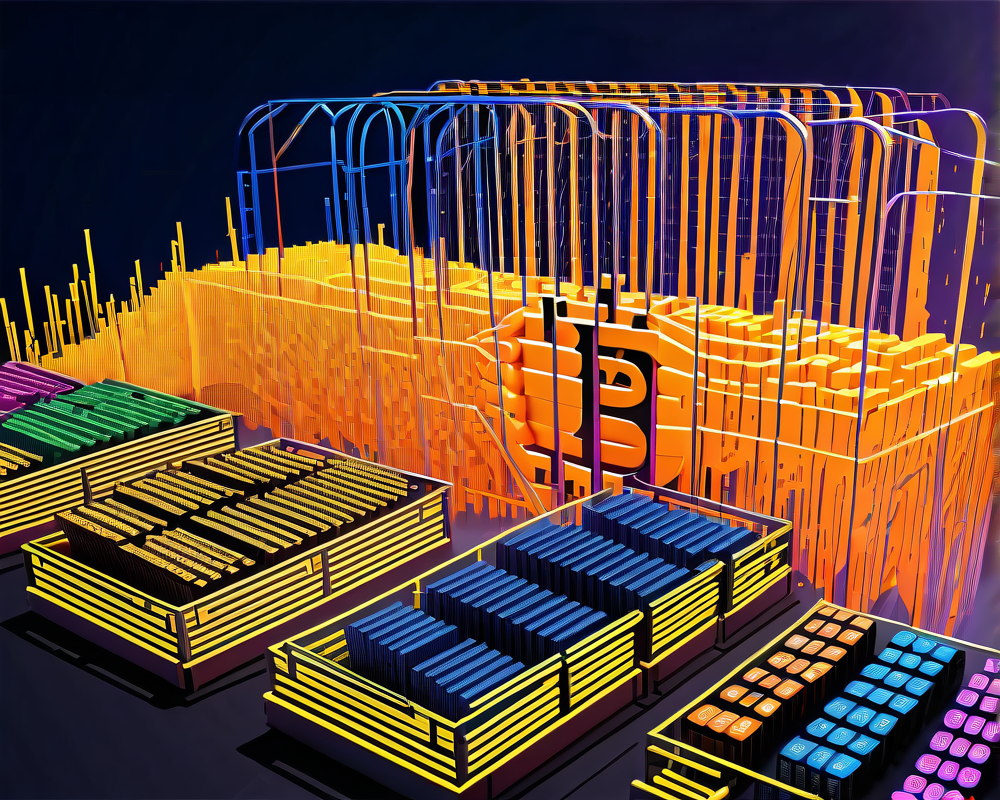Overview of the National Standards Strategy
On May 4, the White House unveiled a national strategy aimed at identifying and capitalizing on eight key technology sectors projected to drive significant economic growth in the near future. While all eight sectors are critical, technologies like artificial intelligence and biotechnology are capturing headlines, but it’s the inclusion of distributed ledger technology (DLT) and digital identity infrastructure that has the crypto community buzzing.
What is Distributed Ledger Technology (DLT)?
DLT is the backbone technology that allows multiple parties to access a shared database in real time. Imagine a digital ledger where everyone’s transactions co-exist, and no one can play Monopoly with the data. By allowing record validation and updates across the network, DLT ensures transparency, making auditing outdated and thereby reducing the likelihood of messy mismanagement of information.
Benefits of DLT in Today’s Economy
- Increased Transparency: Users can track changes and see who made them, fostering trust.
- Efficient Data Management: With access limited to only necessary individuals, we can say goodbye to unnecessary confusion.
- Enhanced Data Security: DLT helps fortify cybersecurity, protecting sensitive information from prying eyes.
U.S. Leadership in International Standards
The national strategy emphasizes U.S. leadership in shaping international standards for these emerging technologies. The government is not only acknowledging the private sector’s role in innovation but is fostering collaborations that could lead to breakthroughs. Just think about how 3G was birthed—the audacious plans of Qualcomm that led to the ubiquitous LTE, pioneered by NTT Docomo!
The Power of Collaboration
Such partnerships are crucial as we steer into a future where standards are essential for interoperability. Just imagine a world where your smart refrigerator communicates with your health monitoring app seamlessly—now, that’s some futuristic cooperation!
Impact on Economic Sectors
As the national strategy unfolds, technologies like DLT and digital identity infrastructure are expected to permeate various economic sectors. These innovations are believed to serve as the bedrock for upcoming advancements in areas such as:
1. Automated and Connected Infrastructure
- Smart Cities: Envision highways that report their condition and connect with vehicles, optimizing traffic flow.
2. Internet of Things (IoT)
- Connected Devices: Think your coffee maker coordinating with your morning playlist—now that’s a wake-up call!
Conclusion: Navigating the Future Together
The national strategy indicates a shift towards embracing innovative technologies that promise sustainability, growth, and security. By focusing on collaborative efforts between the government and private sectors, we are poised for a revolution in how we perceive technology—after all, the best way to predict the future is to create it!




